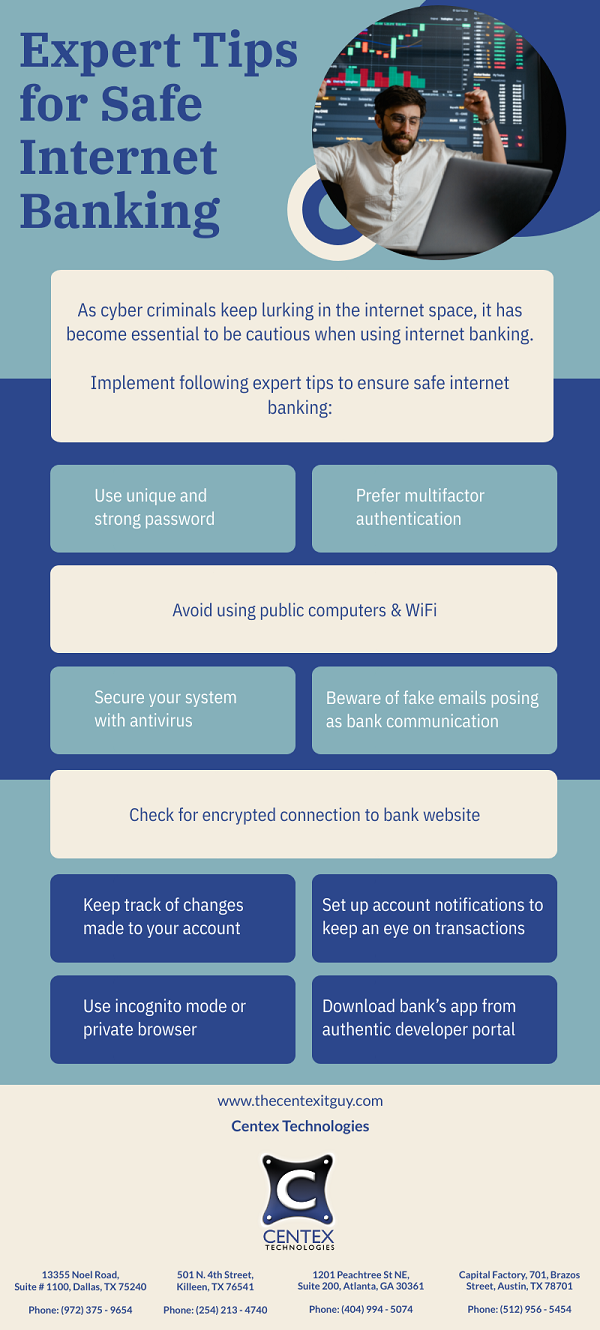The Internet has given rise to diverse learning opportunities for students. It has taken down the location barriers and has made it easier for students to connect with their peers, consult subject experts, and use online study material on a global stage. While this has increased their exposure to a wide range of opportunities, it has also piqued the interest of cybercriminals.
Why Are Hackers Interested in Students?
A major misconception in reference to cyber security is that hackers are motivated by financial gains alone and thus target large organizations only. While direct financial gains are the major motivating force behind cyber-attacks, the attackers may target individuals for other motives, such as identity theft, personality maligning, stalking, etc. These motives may or may not end in financial gains.
These are some of the reasons why hackers target students are:
- Easy Target: Students pose as easy targets for hackers. They are not highly aware of the latest cyber threats, making them easy prey. Additionally, school networks are protected by IT professionals. However, it is not practically possible for school IT professionals to protect the student-owned device. With inadequate security measures, student devices are at a high risk of cyber-attacks.
- Multiple Devices: Students generally use multiple internet-accessing devices such as smartphones, laptops, tablets, desktops, and smartwatches. As the number and types of devices increases, it enlarges the attack surface for hackers. This increases the probability of becoming a victim to a cyber-attack.
- Social Media: Students share pictures, routine activity, and life updates on social media. This offers hackers an opportunity to track their activity and steal personal information. This information can be used to build fake profiles and launch attacks such as identity theft, stalking, cyber-bullying, etc.
- Clean Credit History: Students have a clean credit history. Hackers target students’ credit history and use it to get credit approvals, take out loans, etc.
How Do Hackers Target Students?
Hackers use diverse types of cyber-attacks to target students. Common cyber-attacks targeting students are:
- Data Theft: Students enter their details when logging in to online learning portals, shopping sites, etc. Hackers target such portals to get information and further use for malicious activities.
- Phishing: Phishing attacks are launched by sending an authentic-looking email or message containing a malicious link. Once students click the link, they are directed to a malicious website where their information is collected or malware is downloaded on their system.
- Scholarship Scams: Hackers design fake websites or pages that promise students a scholarship in exchange for a fee. This type of attack is used to steal both financial and personal details entered by the students.
- Filesharing Risks: Hackers trick users into using free Peer-to-Peer filesharing services that expose the device to viruses or malware.
- Webcam Hacking: This is a spyware or stalking attack. Also known as Camfecting, hackers encourage students to download malicious links containing spyware. Once installed, hackers gain access to the webcam of the infected device.
- Social Engineering: Social engineering attacks are performed by monitoring social media activity or hacking social media accounts. This type of attack is aimed at tarnishing reputation or blackmailing.
Contact Centex Technologies at Killeen (254) 213 – 4740, Dallas (972) 375 – 9654, Atlanta (404) 994 – 5074, and Austin (512) 956 – 5454 for information on how to safeguard personal devices and online accounts from cyberattacks.


